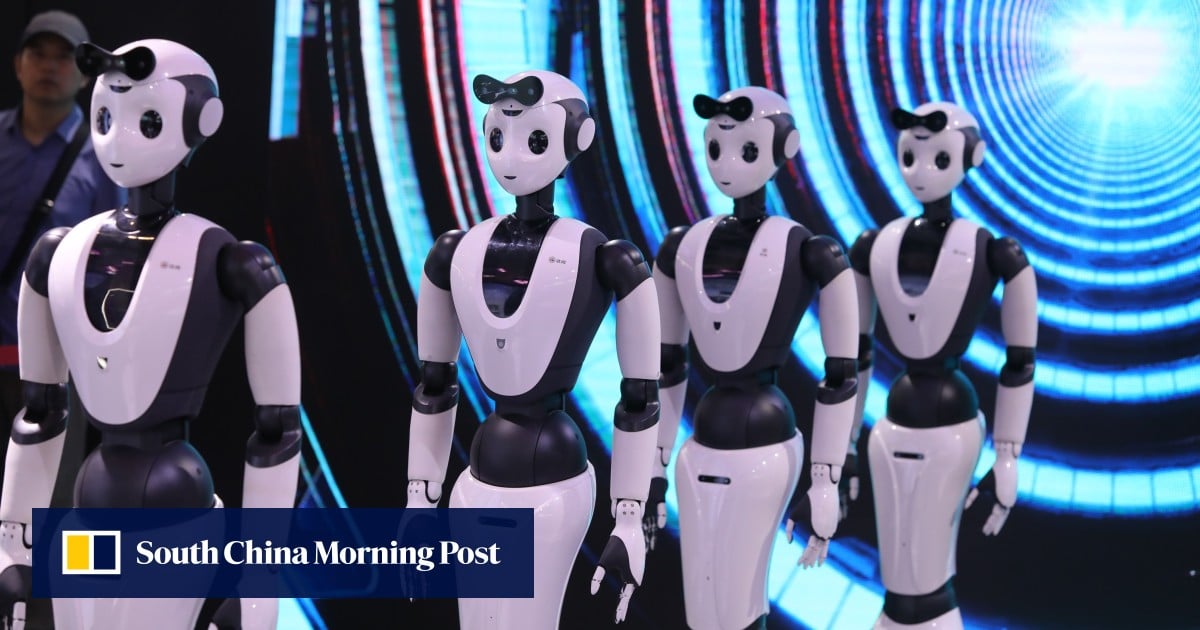- cross-posted to:
- futurology@futurology.today

Are humanoid robots the answer for a lot of use cases?
The resson industrial robots are the shapes they are is because it fits the job. A stamping machine foes not need a face or legs. It feels like humanoid designs are taking that process in reverse- come up with the design as a general model, then hammer it into a use case.
Even if the premise is the classic “robot butler/caretaker”, will the best design necessarily be humanoid? Two legs and feet make self-stabilizing harder than 3 or 4 wheels, maybe a single main arm and a set of multiple clamps would be better than two symnetric hands for fidgety movements.
I also feel like the near future is fleets of narrowly scoped devices for resilience and better task fit. If the Roomba is broken, but the Kitchen Delivery Drone still works, it won’t derail your dinner plans the way an all-in-one Roise the Robot Maid failing would. The Roomba can also stay 10cm tall to fit under the furniture even if the KDD needs a refrigerated compartment big enough to hold a turkey.
And let’s get ahead of it: no pain emulators. We know how it turned out for the Kaylon.

The stamp machine has one single job. A humanoid robot can interface with anything a human can. It’s backward compatible too.

It’s backward compatible too.
I feel like this is the biggest selling point for humanoid robots. A roomba may in theory be efficient, but it still can’t do stairs.

It could even ride a bicycle. So they could join the Dutch military haha.
People often talk about China’s coming problems with demographic decline, but it appears they think they might have this problem solved. Swap in humanoid robots for actual humans.
It’s worth noting China also has a problem with youth unemployment, especially among the college-educated. It’s hard to see how this helps them. Perhaps in the setup and management of the robot workplaces?
There have been times in the past when China has been accused of exporting deflation. Perhaps that will happen again. If Chinese goods are cheap now, imagine how cheap they’ll be when you don’t have to pay the robots anything to work in the factories.

I haven’t seen anything to indicate these robots are actually functional. However, I’m sure the Chinese government will declare that they are changing the world

It may also solve China’s other demographic problem, not enough women.

Those things are scarry

They can be stored in all of the abandoned buildings China started but never finished. I’m sure this will not be a giant waste of effort.


